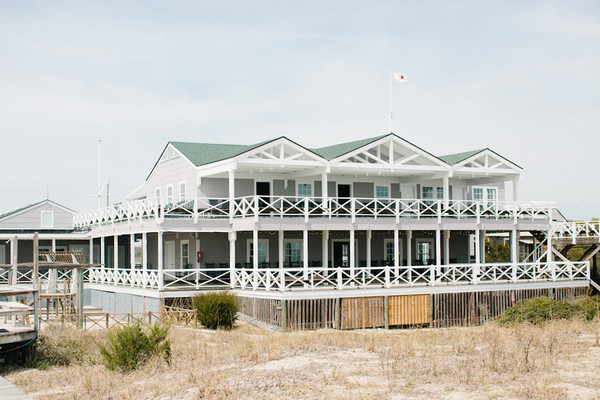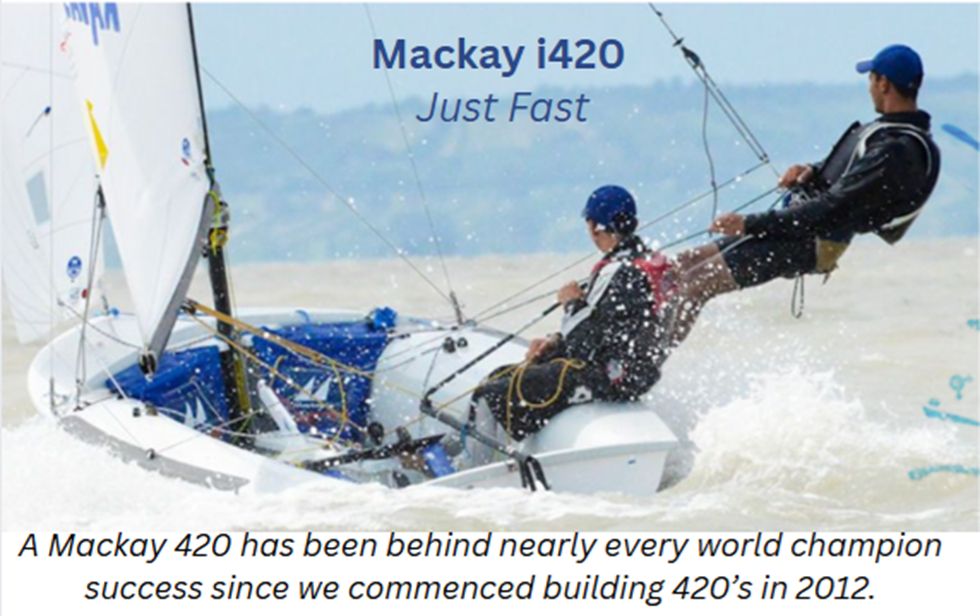S1D is pleased to welcome our newest sponsor and team member: Reaching Ahead Counseling & Mental Performance
Honing Your Mental Game—Sailing is a unique sport with many facets. Success comes from overall training plan encompassing development of technical expertise, boat speed, strategy, boat handling, tactics, physical training, and mastery of the mental game. In interviews with Olympians, professionals, or other top athletes, successes or failures are often attributed to cognitive or emotional experiences. Elite sailors control as many controllables as possible, and yet, sometimes mental skills are sometimes left up to chance.
You wouldn’t go to a big regatta expecting to consistently go fast without having first worked on boatspeed. How could you expect mental consistency without having first trained the mind?
Training needs always vary from sailor to sailor, and the first step to honing any skill is too build awareness. Awareness in boatspeed could mean tuning into components of the experience like degree of heel. Likewise, noticing your thoughts moment to moment enables greater influence toward more consistently helpful thought patterns.
A good frame of mind can lead to time ‘in the zone’ (as media labels it) or experiencing ‘flow’ (as researchers call it). You can’t make a flow state occur, but you can set the stage such that falling into it becomes more likely. Understanding concepts and knowing your own strengths and weaknesses allows for a more intentional setting the stage. Skills that I often dive into with clients include the “Dirty Dozen”: Knowing your Values, Understanding your Motivation, Engaging SMART Process Goals, Building Self-Talk Habits, Developing Mindful Routines, Utilize Mental Imagery, Tuning Into YOU, Hanging in there with Anxiety, Assertive Communication, Channeling Emotions, Persevering with Energy Management, and Reducing Anxiety.
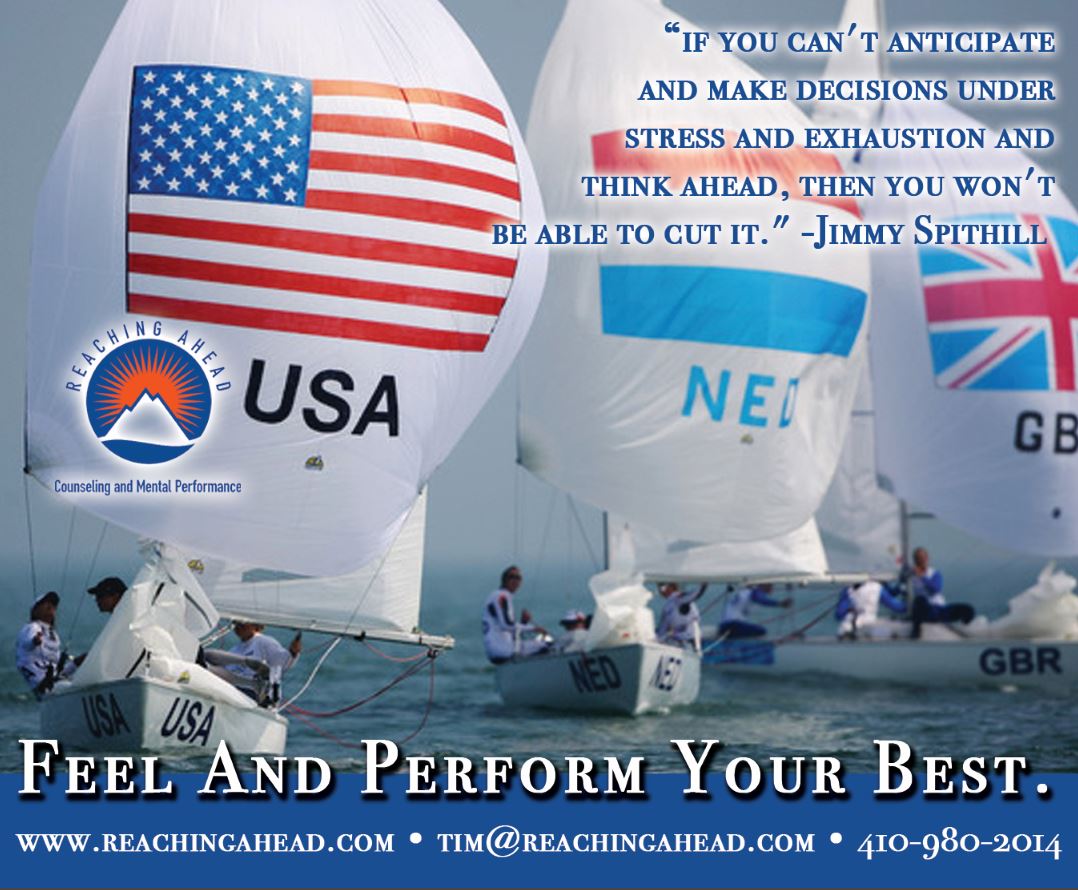
An athlete’s energy management is influenced by some of these same factors, plus lifestyle choices, and through psychophysiological techniques like developing an optimally paced breath. This makes a difference on and off the water, especially in the midst of stressful tactical situations. Energy management techniques can also contribute to more flexible attention. Demonstrating that we usually can’t “control” attention, I often tell sailors “don’t think about pink elephants.” Close your eyes for 10 seconds and try it. Your brain is likely already filled with pink elephants. We might not be able to control attention, but we can be mindful about steering it directions that are more helpful, creating attention habits through good routines. Mental (movement-focused) imagery can be a useful to sailors and other athletes across situations such as: preparing for certain regatta sites, honing a boat handling skill, spontaneous usage on or off the race course, or by combining it with traditional coaching techniques such as video analysis.
With coaches and others, I often work on good communication skills. Contrary to popular belief, it is not a pre-requisite for teams to get along socially. “Task cohesion” is much more important than “social cohesion.” Sailors need to know that they can count on important people like their coaches or their crew. And when everything else (including trust) is in place, good social relationships can add a synergy to the package. It makes the experience fun and can fuel motivation. Whether communicating task needs or social needs, learning a balance between a directive and collaborative style can make all the difference and making sure that the other person feels heard. Cliché, but true, we have two ears and one mouth for a reason!
Formats for the work I do with sailors and athletes can vary. Ideal training can involve ongoing individual consultation for coaches and/or sailors, and can incorporate in-person meetings for teams. Check out my new mental training programs for junior sailors, adults, and coaches!
___________________
Dr. Tim Herzog’s practice, Reaching Ahead Counseling and Mental Performance, is located in Annapolis, Maryland. An avid sailor himself, Tim moved back east 4 years ago from Bozeman, Montana, in order to be on the water and involved with sailing again. Tim combines a background of academic rigor (2 Masters and a Doctorate) with practical sailing (4th at J70 Mindwinters, 2016) and coaching experience (former Head Coach at Boston College, 5th at Dinghy Nationals + 4 All-American Honors). He enjoys working with sailors on the mental game, and helping athletes to surpass whatever barriers to performance.
Blog
Calling all Cars, One-Design ABP: Missing i420 Trophy. Can You Help?
From Yale Sailing Coach Bill Healy:
I’m trying to find the original US I420 perpetual national championship trophy. I have a not so great photo of it attached here. It’s 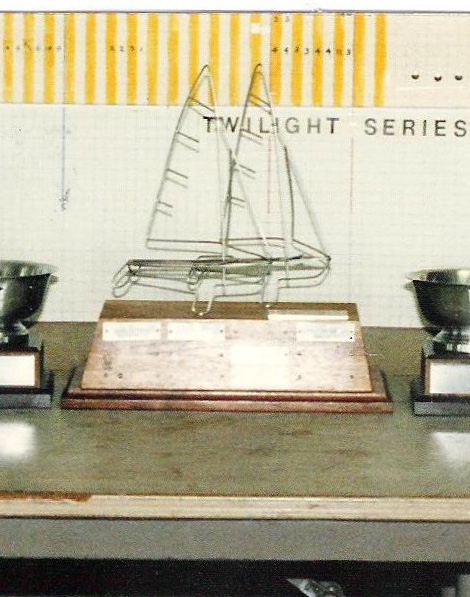
If you have any information leading to the discovery of this trophy, please EMAIL US!
Carolina Yacht Club (North Carolina) is Hiring!

This full-time, year round benefit position has overall responsibility as a Director of activities for all waterfront programs, summer youth programs and adult and junior sailing programs and boat chartering related to collegiate and high school sailing programs.
“In 1853 seven men who loved sailing founded the Carolina Yacht Club. Richard Bradley, Parker Quince, John Reston, Talcott Burr, Daniel Baker, T.M. Gardner, and Richard J. Jones took sailing only a little less seriously than their work in law, banking, publishing, commerce and public service. They fiercely competed in regattas on the river, sound, and sea, and celebrated their victories at merry Banks parties.
Today the one thousand members of the Carolina Yacht Club carry on the tradition of sailing and socializing.” –CYC Chronicles
The Carolina Yacht Club Chronicles by Anne Russell is available for purchase at the Club Store.
Barrington Yacht Club is Hiring!
Located on the beautiful Barrington river in Barrington RI, the BYC offers yachting facilities that are among the finest on Narragansett Bay. Barrington Yacht club is hiring a Head Instructor for 2018!!
Our members enjoy a full range of services including a complete yacht Racing program for sailors of all abilities and boats of all classes, year round Social Events, and four Cruises each year to various New England ports of call.
Facilities available to our members include the club house and marina (open year-round), as well as the pool, Dana Rice building, and snack bar (open June – September). Slips and moorings are available to transient non-members for a fee, on a space available basis. Our fuel dock is available to both members and non-members.
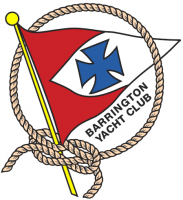
An Active Membership
In addition to the social and racing activities, the club encourages all members to participate on various committees. The Club has a Board of Governors with standing committees such as: House Committee, Finance Committee, Race Committee, Publications Committee, Social Committee, Membership Committee, Junior Activities Committee, Sail Training Committee and Cruise Committee.
The chairs of these working committees are always interested in having new members volunteer to help out. These committees are largely responsible for the success of the club’s programs.
Making Continuous Improvements
Every year the Club invests a great deal of time and financial resources to upgrade our facility and improve our operations so that we can provide the best in services to our membership. Dock rebuilding, new boats and equipment, galley and bar upgrades are all part of the annual plan to keep our club in excellent condition.
A Rich History
The Barrington Yacht Club was incorporated on March 25, 1908. The object of the club, as stated in the bylaws, is to foster the sport of yachting and to provide suitable facilities and activities for both its social and yachting member families. For more details about the history of our club, please read the articles in the Club History section.
The Barrington Yacht Club was incorporated on March 25, 1908. Arthur L. Smith was the first elected Commodore. The Club must have been a success right from the start, as there were 218 members reported by August 1909. Unfortunately, most of those names were never recorded, but they all paid their $5 dollar dues.
The Club’s first function was held July 11, 1908 on the river in front of Commodore Smith’s home. Members were “at liberty to invite friends, including ladies. More than 500 people lined the shore and witnessed the “Parade of Sail”. Upwards of 100 boats of every description rode at anchor or sailed about.The first social event was a “Social and Ladies Night” held at the Town Hall on November 7, 1908, to aid the New Clubhouse Building Fund. Dancing included waltzes, two steps, a cotillion and Schottische.
A Clubhouse Committee was appointed in December to locate a site and submit a plan. In March, 1909 land on “Mathewson Bend” (corner of Mathewson Road and Chapin Road) was leased. Shares of the BYC Building Association were created to finance the Clubhouse at $10 dollars each.On August 20, 1909 the Original Clubhouse was dedicated. Abbott Gardiner was hired as Steward for $1 per day.
Kettlebell Training: New Workout To Add to Your Sailing Fitness Training
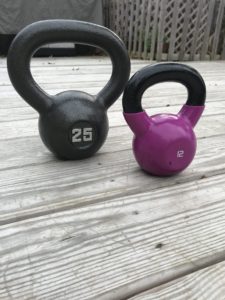
Benefits of Kettlebell Training:
1. It’s an excellent workout: Kettlebell workouts are an excellent workout for enhancing your overall strength, balance, and power. They are also great for burning lots of calories in a short amount of time.
2. It improves your forearm and grip strength: With the thicker handle and design of the kettlebell, this training tool helps to develop greater grip and forearm strength. Grip and forearm strength are essential for sailing making this a great workout to add to your sailing fitness routine.
3. It improves cardio: Looking to improve your cardio, add kettlebells to your workout! When swinging kettlebells, you will see your heart rate come up quickly. This tool helps to get both your cardio and strength workout in at the same time.
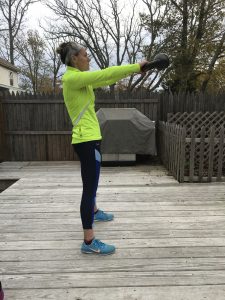
What Not To Do:
1. Going heavy too quickly: You first always want to master the movement before adding weight. If you have improper form while doing the moves your more likely to get injured. Start with little to no weight until you master the proper form for the kettlebell workout.
2. Using only your upper body: Kettlebell workouts are not just upper body, but full body movements. Make sure you engage your lower body during the kettlebell workout as well.
3. Giving up quality for quantity: In any workout, you always want to strive for quality over quantity. Kettlebell workouts are no different, completing 10 reps in perfect form is always better than completing 20 reps in poor form. Always go for quality rather than quantity to avoid injury.
4. Swinging too fast: You always want to make sure you are in control of the weight. If you are swinging the kettlebell too quickly, your form will suffer, and it can lead to injury. Slowing down your moves will help to increase your stability strength.
Beginner Kettlebell Workout:
-Warm up with Dynamic Stretching (5 minutes)
Core Activation:
Split Lunges (30 secs)
Diamond Push Ups (12 reps)
Single Leg Squat (30 secs each side)
Plank (30 secs)
Repeat x 3 with 30 secs rest between sets
The Workout:
1. Kettlebell Single Leg Deadlift (12 reps each side)
2. Kettlebell Swings (12 reps)
3. Kettlebell Russian Twist (25 reps)
4. Kettlebell Goblet Squat (10 reps)
Repeat 3x with 30 rest between sets
1. Kettlebell One-Arm Row (10 reps each side)
2. Kettlebell Chest-Loaded Swing (15 reps)
3. Kettlebell Windmill (12 reps each side)
4. Kettlebell Lunge Press (12 reps each side)
Repeat 3x with 30 rest between sets
1. Kettlebell High Pull (10 reps)
2. Kettlebell Deadlift (12 reps)
3. Single-Arm Kettlebell Floor Press (10 reps each side)
4. Kettlebell Shoulder Halo (6 reps each direction)
Repeat 3x with 30 rest between sets
-Cool Down with Foam Rolling and Static Stretching
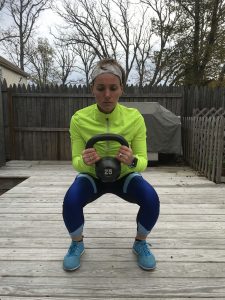
Hudson River Community Sailing is Hiring!
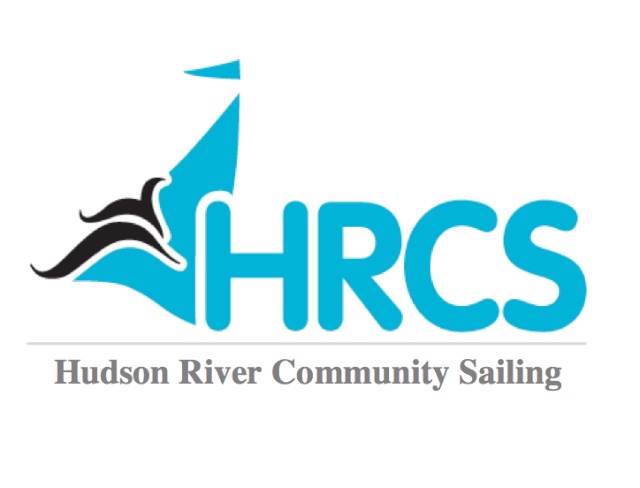
Hudson River Community Sailing develops leadership and academic success in underserved New York City youth through sailing education and provides maritime education and recreation to the community at large.
Hudson River Community Sailing is hiring: Teach Sailing in New York City! Spring/ Summer 2018


